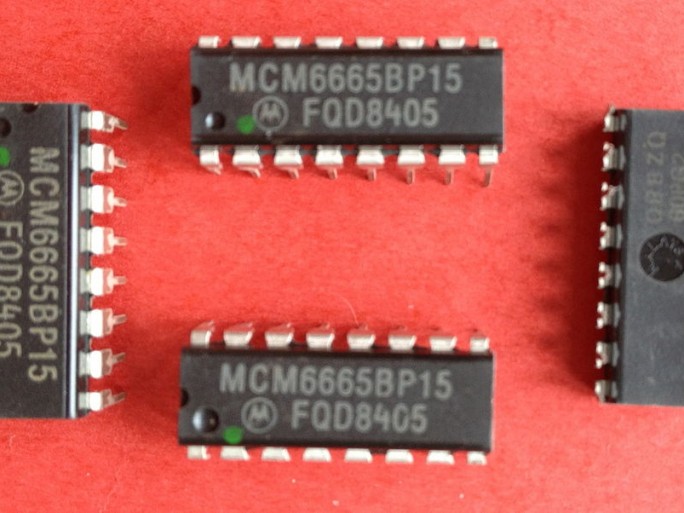DRAM market takes a positive turn in 2012

Elpida bankruptcy pushes market ahead
The DRAM market is expected to make a something of a recovey in 2012.
According to a report by IHS, the market for this memory is expected to partially reverse the drastic losses it incurred in 2011 and achieve revenue growth this year.
The company said that this was as a result of balanced supply and demand following the exit of manufacturer Elpida Memory.
Its DRAM Market Tracker report also predicted that the DRAM industry revenue for this year will reach $30.6 billion, up 3.3 percent from $29.6 billion in 2011.
The company said that although this figure could be seen as small, given the 25 percent decrease last year, this would be a welcome adjustment.
The next few years also signify a positive outlook with IHS predicting DRAM revenue will exceed $30 billion each year for the next five years to reach $40.2 billion in 2016.
Mike Howard, senior principal analyst for DRAM & memory research at IHS, said: “This year’s anticipated turnaround comes as somewhat of a surprise, especially as the challenges of 2011 appeared to point to a calamitous 2012.
“Weak demand was one of the major challenges last year, when revenue slipped each quarter as prices went from bad to worse. However, the key problem was excess DRAM manufacturing capacity — the same trouble that has bedeviled the industry for much of its history.”
Other problems faced by the DRAM industry last year were also the Thailand October floods, which limited PC shipments. The concern over the limited number of hard disk drives also had a knock on effect on PC sales and therefore on the DRAM market.
However, ironically it was the bankruptcy of Elpida, which really gave the market the kick it needed.
“Elpida’s insolvency will have a massive impact on the industry’s fortunes, primarily because it promises to shift the market from a state of endemic oversupply to sorely needed balance for most of 2012,” Howard said.
“As a result of such developments, IHS is now cautiously optimistic that the DRAM industry may actually be through the downturn and headed for improvement.”
He said that even with the final outcome of Elpida’s bankruptcy uncertain, and the disposition of its assets still in negotiation, the rest of the industry was expected to benefit from Elpida’s exit, with the market lifting on signs of supply rebalance.
Another factor contributing to the change in the market is storage expansion with DRAM space predicted to improve through the years as a result of the growth in ultrathin PCs, smartphones and tablets.
Ultrathin PCs will present plenty of new opportunities for low-power DRAM, especially when ultrathins comprise the majority of shipments by 2016.
IHS said that for high-end Ultrabooks in particular, PC manufacturers are projected to have enough margin to afford the installation of low-power double data rate 3 (LPDDR3) DRAM in their products, adding to overall DRAM industry revenue.
LPDDR3 will account for as much as 19 percent of the total DRAM market in 2014.